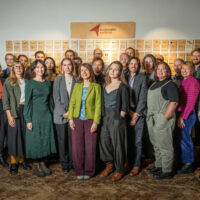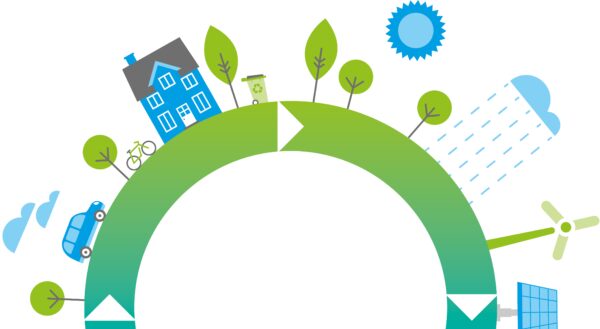4 key enablers that will speed up the circular economy (Part 1)
What are the essential ‘enablers’ of the circular economy? By ‘enablers’ I mean the key institutions and frameworks in society that will, if redesigned with the end goal of circularity in mind, facilitate the transition of businesses, organisations and individuals to the circular economy.
As my colleague Sian Cooke suggests in her blog Six simple features of circular economy business models explained, becoming circular is not an easy off-the-shelf package. It requires some elaborate re-thinking of how we do business, work, use natural resources and create value. Remember, this is about changing the whole economic system!
For businesses, understanding the meaning of the key circular economy ‘enablers’ will help you to see the scale of the opportunities – and challenges – in transitioning to the circular economy and what wider issues to consider when you start taking your first steps towards circularity.
Enabler no. 1: Digital technology
New technological innovations have a great capacity to enable a variety of different circular business models. Accenture has listed ten new technologies that could be particularly helpful, some of which are already used by the circular economy pioneers. Take the online platform Peerby, which enables products to be shared between members of its community, or ifixit, which provides peer-to-peer instructions for repairing just about anything.
Also think about 3D printing and the possibility of printing products or product parts from recycled materials; think smart recycling technologies such as Ioniqa's plastic PET-recycling innovation; think block chain technology utilised by Provenance, which helps to trace the origin and in-use data of products and materials throughout their lifecycle.
The opportunities are almost endless, but it is wise to carefully consider what could best work for you and your business before being allured by this tech wonderland. After all, technology should be one of the enablers of circular economy, not the end game.
Enabler no. 2: Finance
Money runs the world, right? Our current financial system does not particularly favour circularity; it is focused on quick returns and does not fully appreciate the more sustained, if more gradual value-creating potential of circular value chains and second-hand markets.
The transition to the circular economy will gradually force the financial model to change by introducing alternative values to material ownership; in the meantime we need to find flexible strategies to make circular economy business models work in the current system.
For example, pay-per-use models, such as Philip’s pay per lux lighting has a very different cash flow structure than a traditional pay-for-ownership system. The returns to the manufacturer from customers who pay per use accumulate at a much slower rate than in the traditional model where a piece of equipment is sold.
Adjusting to these kinds of challenges might require exploring alternative pre-funding models such as crowdfunding, particularly in the initial transition phase and until the finance sector fully adjusts to the new system and becomes one of the key enablers of circular economy.
Read Part 2 of my blog.
Learn more about how we can help you speed up the circular economy in your business.
The circular economy: cracking the challenge
The circular economy is one of the biggest challenges - yet most exciting opportunities - for today's businesses. This guide will help your business get started, and explain the benefits of embracing the circular economy
Download PDF







